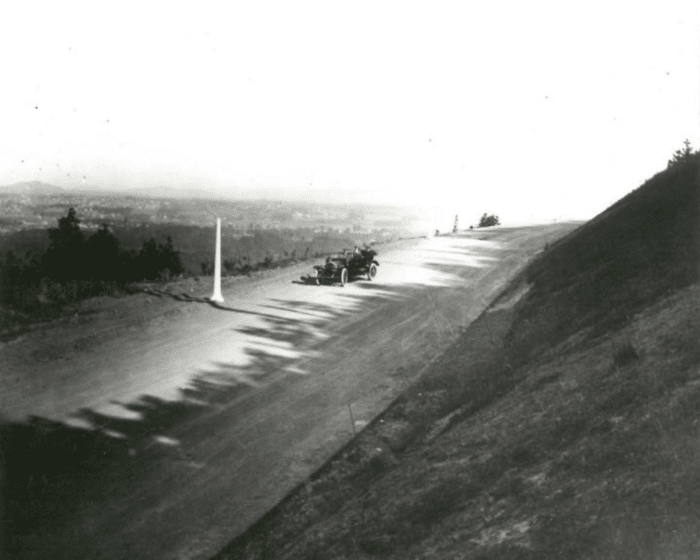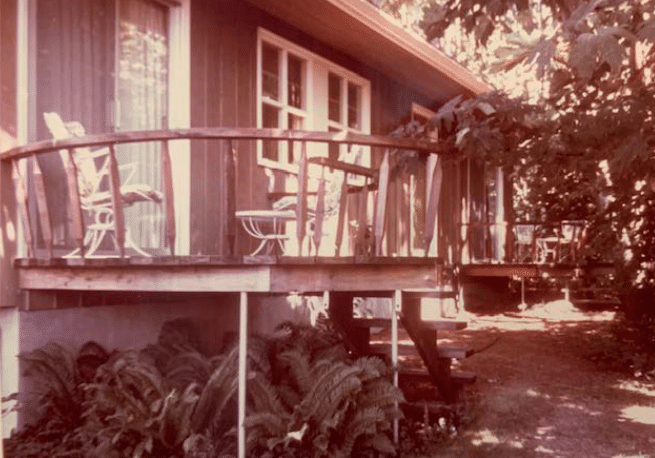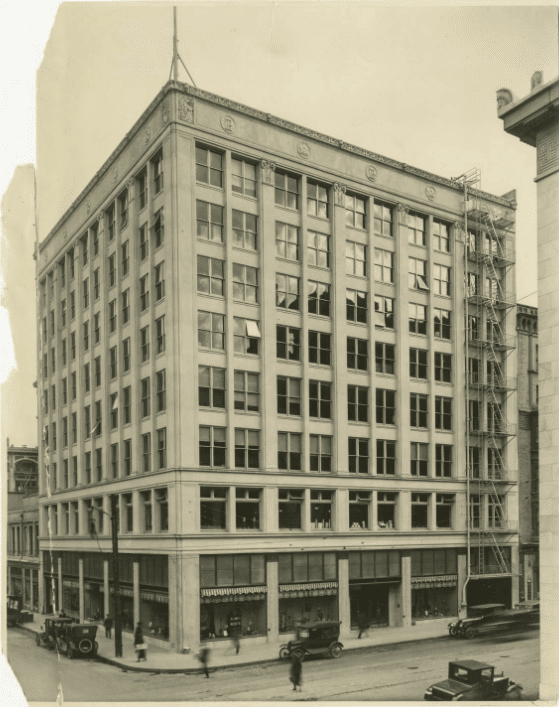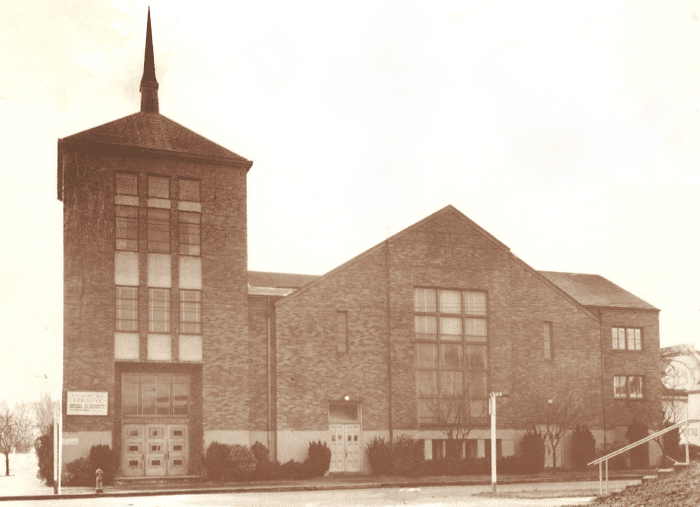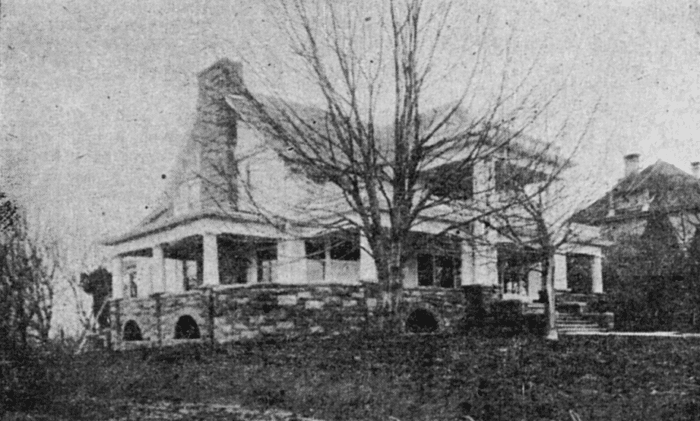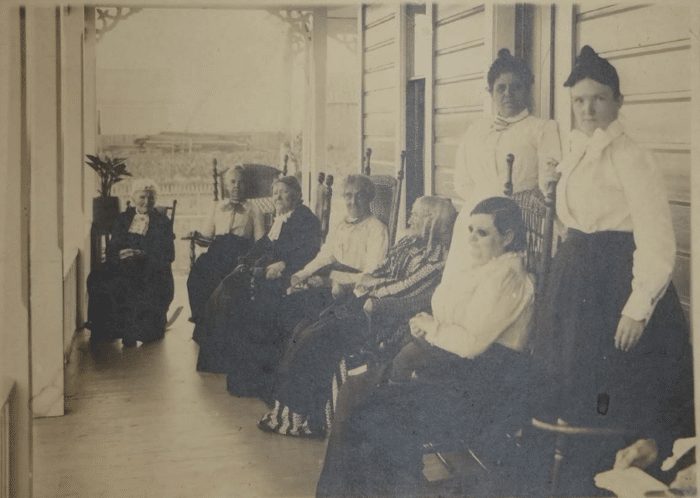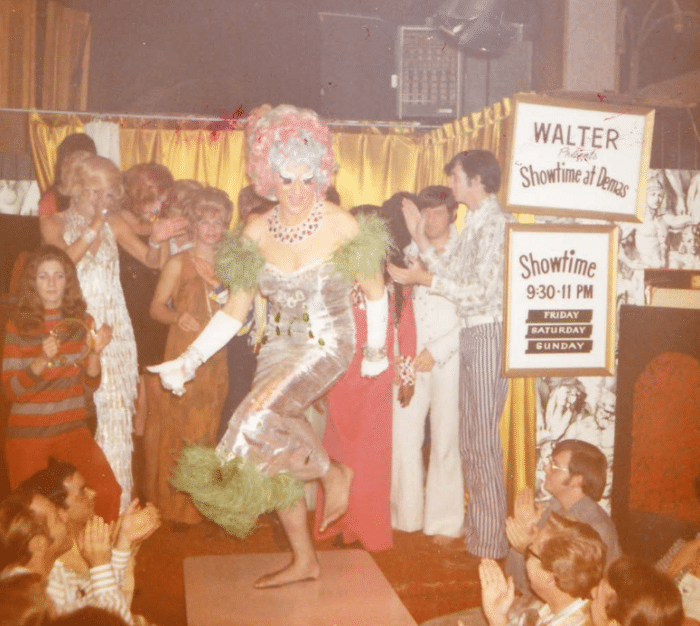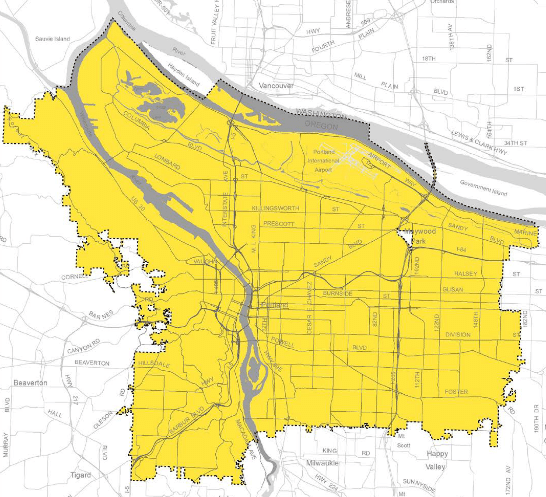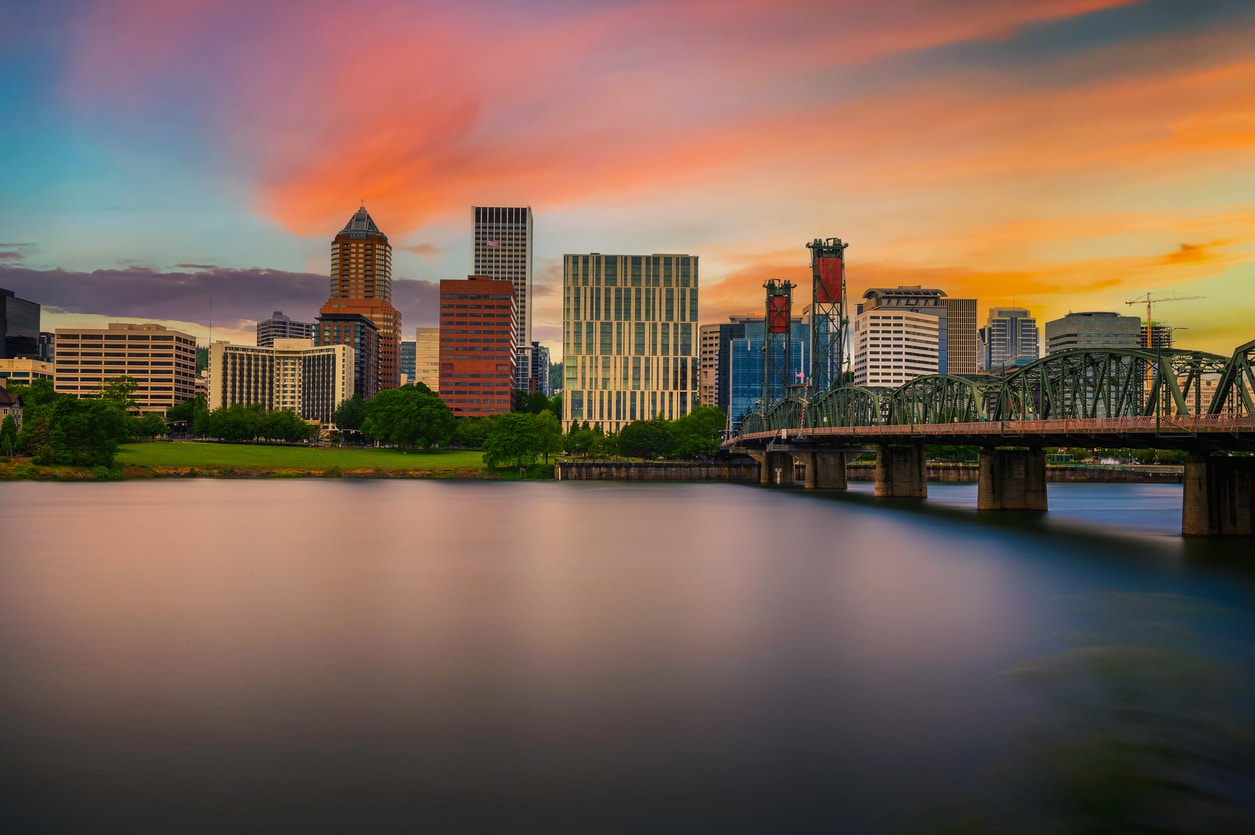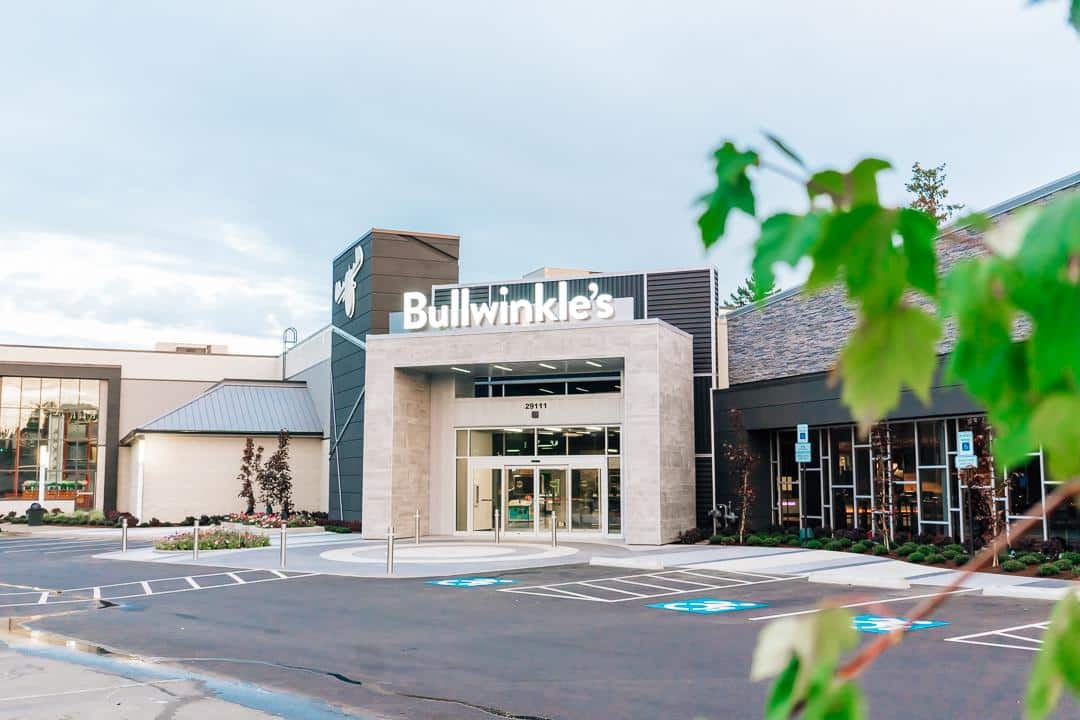10 New Oregon Homes and Places added to the National Historic Registry
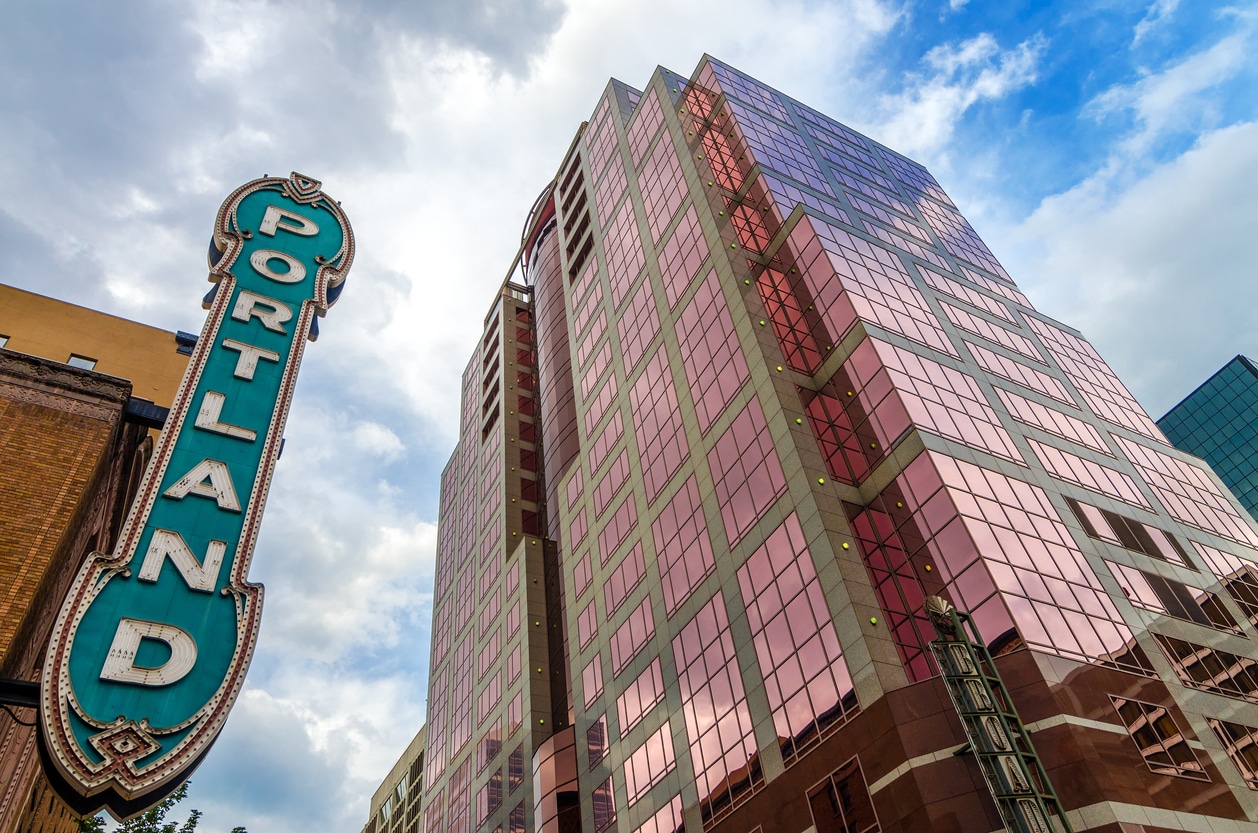
For both the history and architecture buffs out there, the National Register of Historic Places constitutes a gold mine of fascinating stories and imagery. Begun in 1966, the Register seeks to preserve and memorialize significant buildings and places across the nation. If your mind goes straight to colonial settlements as you’re reading, you wouldn’t be totally wrong. But the Register includes much more than that.
Yes, most sites must meet a minimum age requirement for consideration. But that requirement is only 50 years – meaning, as of right now the 1970’s have entered the building! Therefore, sites from a wide range of eras can attain “historic” status. And beyond age, context matters. The general guiding principle of the Register is historic significance. Innovative architectural features for the time might qualify a site. Or, a particular building or piece of land could be meaningful to the community in a variety of ways.
In Oregon, 10 new properties made the Register in the last year or so, most in the Portland area. These properties embody the state’s rich and diverse history, both architectural and cultural.
1. Terwilliger Parkway
Terwilliger Parkway is now such a household name that it’s hard to imagine Portland before its existence. But someone had to design it! Back in the early 1900’s, that someone was landscape architect John C. Olmsted, who had a vision of beautification amid a bustling city. Since its completion in 1914, millions of Oregonians have driven the parkway, so named because of the prized lush green landscape through which it runs. Set alongside a hillside on the west bank of the Willamette, this beautiful stretch of road offers views of the city and the mountains beyond it.
2. The Gonzalez M. and Maude R. Rice House
Built in 1915, the Gonzalez M. And Maude R. Rice House is the only property listed in the past year not from the Portland area. It qualified for the register on account of its architecture, specifically because it’s a rare example in Pendleton, Oregon of a side-gabled Colonial Revival style home. The Colonial Revival style was diverse, but its origins lie in looking toward the colonial era for overall aesthetic but also details. You can see one such detail evidenced above in the Palladian window at the top center of the image. An arched central window framed by two rectangular windows is a hallmark of the style.
3. John & Elizabeth Kinsman House
Just a short hop outside of the Portland city limits can land you at the Kinsman House, built between 1963 and 1964. Here we have another listing that makes its case based on architectural heritage – but of a wholly different kind. Instead of looking towards the past, the Kinsman House is famous for breaking with older styles in favor in Contemporary Style. The huge, original trees surrounding the home are as much a part of the architecture as the home itself, which emerges seamlessly from the forest around it.
4. The J.K. Gill Company Building
If you can believe it, this ten story building cost only $600,000 to build back in the early 1920’s. But naturally, that wasn’t the only thing different in downtown Portland at the time. Long before Powell’s came around, Joseph K. Gill had established himself as the forerunner of the book and stationary trade. The construction of this building represented his expansion as the company moved into publication, wholesale, etc. A true piece of Portland’s literary history.
5. The Mallory Avenue Christian Church
While this church saw the completion of construction in 1949, its real legacy got started in the 1960’s. By that time, the King neighborhood where it’s located had transformed to become predominately African American. While Black Portlanders saw strife and resistance from a multitude of fronts, the Mallory Avenue church provided a respite. In 1967, the church hired Bob Cochran, a Black community minister, making it possibly the first historically White church in the nation to do so. Over the next two decades, the church became a fixture in the local Black community.
6. The Jacob H. & Etna M. Cook House
Fair to say that the Cook House makes it onto the National Register of Historic Places because it’s huge, grand, and set amid other impressive houses in the Mt. Tabor neighborhood. But the real story here is a dramatic remodel. Only 17 years after its construction, new owners decided to rid the outside of any Victorian elements in favor of a Neoclassical style. Rather than ornate embellishment, note the plain yet dramatic columns that became more fashionable than Victorian flourishes.
7. The Patton Home
This next listing secured its place on the register because of its significance for women’s history in Oregon. From 1894 to 1963, the site served as a nonprofit, mostly volunteer-run retirement home for women. But that isn’t all – it was run and operated by women from the board to the bottom. The Patton Home provided a home for hundreds of women who otherwise would have live out the rest of their lives in the poorhouse.
8. The Pallay Apartments
Completed in 1910, the Pallay Apartments earned a place in local history as the first large-scale, 100% residential apartment building on Portland’s inner Eastside. At the time, most apartment buildings were located in affluent parts of Northwest Portland. This building, then, represents Portland’s rapid economic growth at the turn of the century.
9. Darcele XV
And now for something completely different! We move from a fairly staid apartment building to a drag venue. Darcele XV is a legend in the queer community in Portland and across the nation. For one thing, it’s one of only two pre-Stonewall era drag clubs opened and operated by gay owners in the U.S. The owner still performs in drag alongside some of Portland’s biggest talents. Its long history cements its place as a symbol of Portland as a haven for and incubator of queer culture.
10. African American Resources in Portland, from 1851 to 1973 Multiple Property Document
As the name suggests, this last addition is not a single location. Rather, it provides a framework and resources for anyone interested in applying to the Historic Register because their properties are historically relevant for the Black community in Portland. Especially given that the 50-year-mark now sets us around 1971, it’s certainly likely that more and more such properties will rise to consideration. Joining the register is a process that involves a lot of paperwork. For anyone interested in preserving a part of Portland’s African American history, this document is the place to start.
Portland Neighborhoods and History
It can be a lot of fun to keep an eye on the National Historic Registry’s website to stay in touch with new properties in the process of being recognized. For current local Portland neighborhood guides that often have fun historical neighborhood stories included, visit PortlandNeighborhood.com.
Portland, Portland, and Portland
If you’re considering making Portland home or have any real estate needs in the greater metro our team of experienced Portland fanatics (a.ka. top real estate agents) would love to help. We write constant updates on the Portland real estate market here and you can subscribe by email for free on that page. We’d love to talk with you today.
